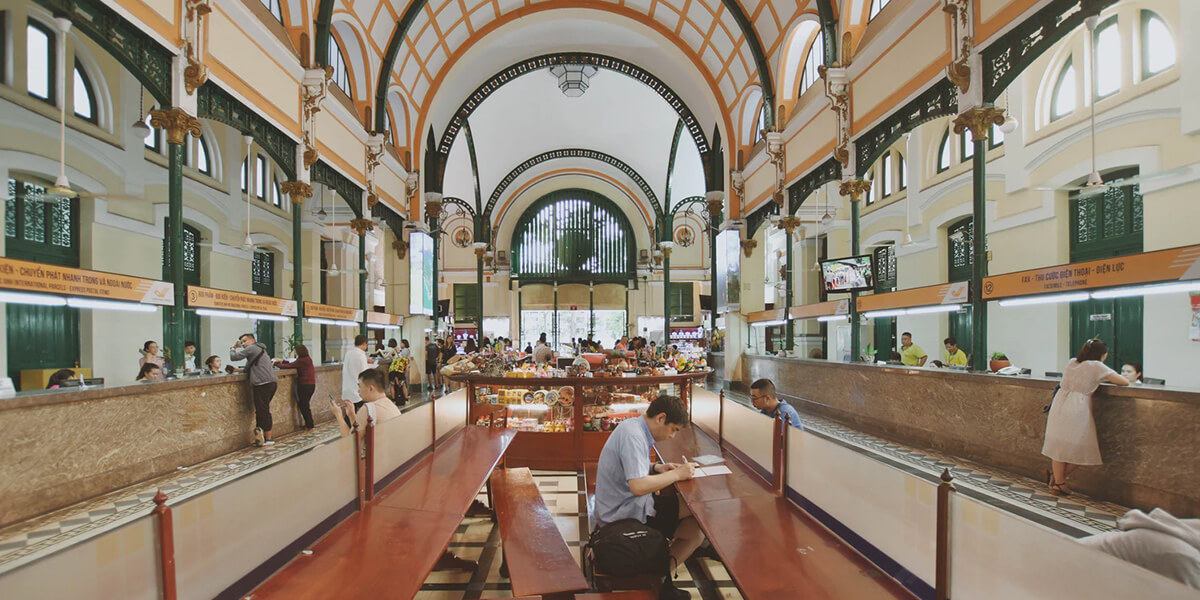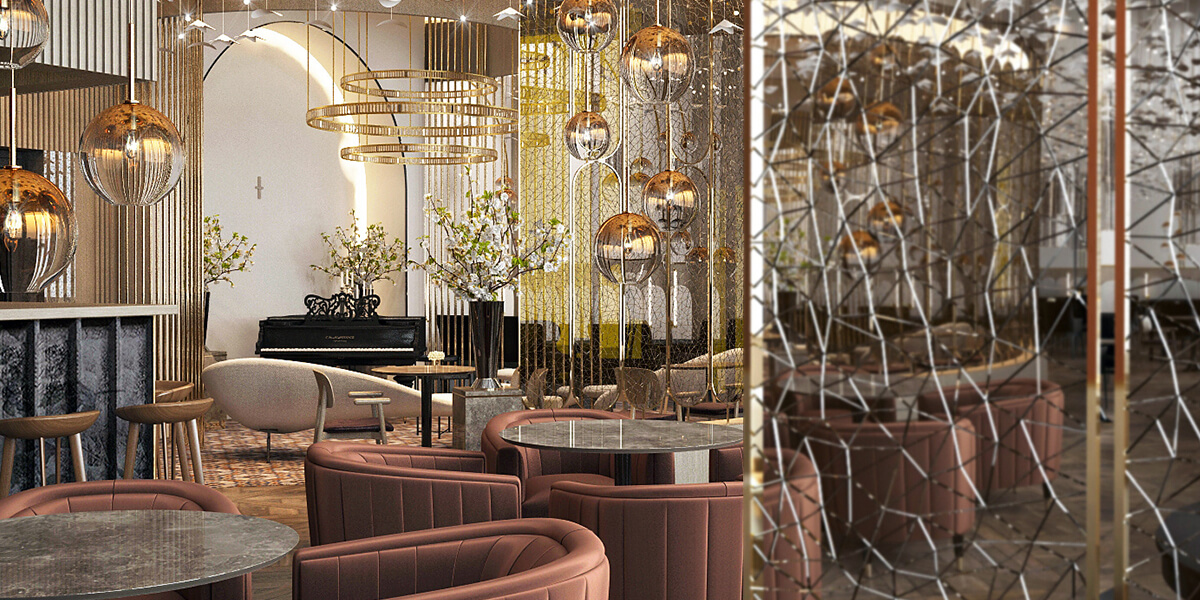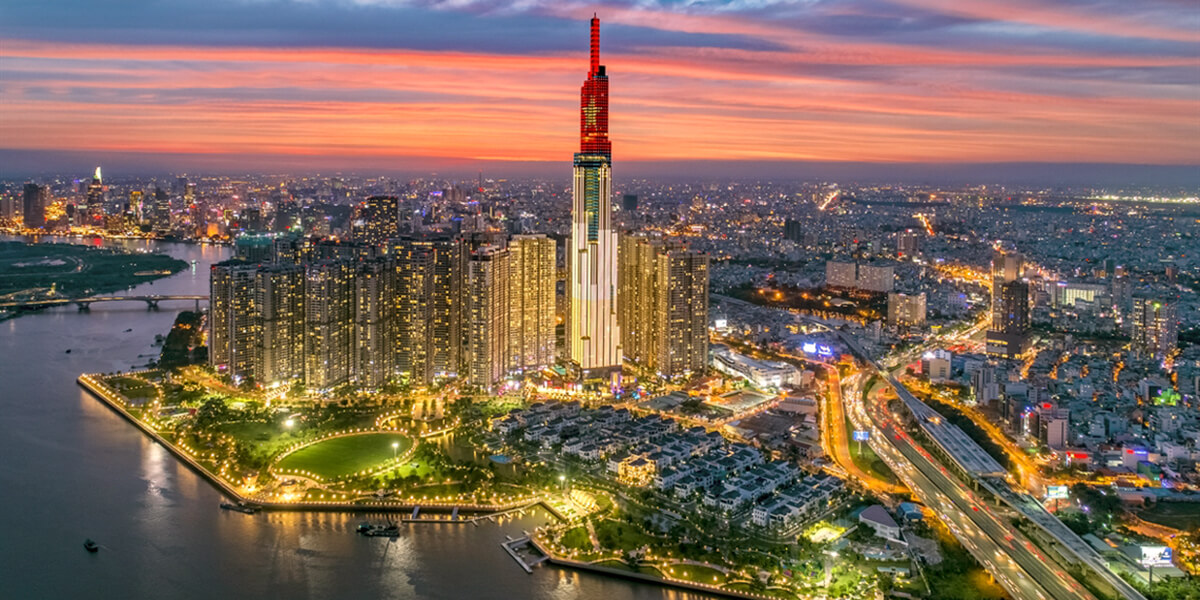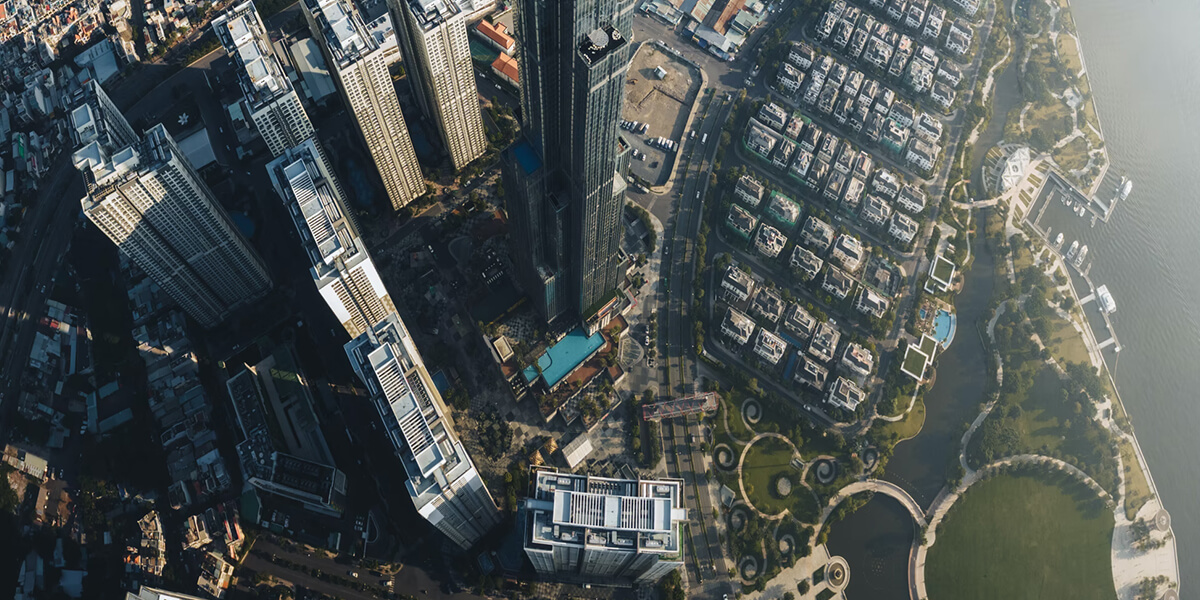Giac Lam Temple or Giac Lam Pagoda is known as the oldest pagoda in Saigon, where tourists everywhere come to visit and light their incense. Although having existed for more than 270 years and undergone many renovations, this work still retains the unique traditional architecture and artifacts of great historical value. If you are interested in visiting and exploring the pagoda of Giac Lam, let's learn more about this place through the article below:
I - History of Giac Lam Pagoda

Source: zaitri
Considered the ancestral home of the Zen Lam Te sect in the South, Giac Lam is one of the oldest pagodas in Vietnam, recognized as a national historical and cultural relic on November 16, 1988. It was built by layman Ly Thuy Long in the spring of Giap Ty year (1744) under Lord Nguyen Phuc Khoat's reign, named Son Can at that time. Locals used to call the pagoda Cam Son according to the name of the mound where it was located, and Cam Dem (cushions) as Ly Thuy Long was a cushions seller.
In 1774, the name was changed into Giac Lam Pagoda by Zen master Vien Quang, who was sent to be the abbot by his teacher, Zen master Phat Y - Linh Nhac. Under his time, this became the first training center on scriptures and precepts for monks in Gia Dinh and the whole Southern Vietnam. In 1873 under abbot Zen Master Minh Khiem, the pagoda was also a place to print, copy scriptures, engrave woodblocks of sutras, and so on. In the period of 1939 - 1945 during the country's war, Giac Lam Temple was repaired and restored to become a shelter for many revolutionary activists.
II - The unique architecture of Giac Lam Pagoda

Source: tanbinh.gov
Painted in a bright golden color, the ancient and dignified pagoda of Giac Lam is located on a rectangular-shaped campus with a length of 20m and a width of 10m. After nearly 300 years passing under sunshine, rain and big events, this work has gradually become old and dilapidated, having to undergo many major restorations. In 1798 - 1804, the pagoda was rebuilt by Zen Master Vien Quang, and then remodeled again by 2 Venerable Hong Hung and Nhu Phong in 1906 - 1909.
Continuing until 1999, the Giac Lam Pagoda continued to be restored again to have the present appearance. Similar to most temples in the South, Giac Lam temple has a very typical architecture looking like the letter Tam (三), with 3 horizontal rows of houses connected on a rectangular surface. The roof of this work is also designed in a very rare cake shape, including a roof consisting of 4 flaps and straight ridges, with the symbols of two dragons fighting for pearls on top showing respect and dignity.
1 - Three-door Gate - first impression of Giac Lam Pagoda
Initially, Giac Lam temple did not have Tam Quan gate, but in 1955, this work was built during the renovation of the pagoda. It is located at the present Lac Long Quan street, facing the south, with two pillars carved with parallel sentences in Chinese characters. Meanwhile the Two-door Gate was built 10 years before Three-door Gate (1945) according to Indian architecture, above which there are two stone lions in two corners and a stone Naga snake head originating from ancient Khmer Buddhism. Due to the concept that ghosts, gods go in a straight line, the gate was placed diagonally, carved with Chinese characters telling the legend of Prince Wu Quan in Tang Dynasty.
2 - Main Hall of Giac Lam Temple

Main hall of the pagoda - Source: ivivu
The main hall of Giac Lam Pagoda was built with the traditional style of four pillars, meaning “first worship Buddha, then worshiping ancestors”, with a width of up to 22m, a length of 65m, and the platform of about 1m high. Inside, there are more than 50 large dark brown pillars, each of which is carved with unique Chinese couplets, and the doors are decorated with gold gilding in the traditional style with images of the four spirits, four quarters,… There are Buddha worshiping shrines, from the inside out is the Amitabha, the Council with 4 standing Buddhas, and the Three Jewels.
The first altar of Giac Lam Pagoda has a large Amitabha Buddha in the middle, on the left is Avalokiteshvara Bodhisattva and on the right is Mahasthamaprapta Bodhisattva. The two sides of Shakyamuni Buddha are the statues of Kayapa, Maitreya, Kowloon, Ananda, Shakyamuni Buddha and two Dharma protectors representing good and evil. In the middle of the Three Jewels table is Buddha Shakyamuni statue, surrounded by 4 Bodhisattvas: Avalokiteshvara, Mahasthamaprapta, Manjushri, & Visva Bhadra. Each of them is carved in the form of holding treasure and seal, sitting on an animal.
Behind the Main Hall of Giac Lam Pagoda, there is also an ancestral altar, worshiping the abbots of the pagoda so far. Behind that is the Lecture Hall, dedicated to monks who come at important times and major occasions, as well as officials and scouts during the war. On the top of the wall, there are more than 6000 beautifully decorated white plates, mainly taken from Lai Thieu ceramic kilns in Binh Duong province. Along with more than 1000 plates in the Hong Hung ancestral tower, this place was honored as the temple with the largest number of decorative plates in Vietnam.
3 - Stupa of Giac Lam Pagoda

Ancient stupa - Source: @chuagiaclam
In front of Giac Lam temple, there is also a hexagonal relic stupa, which started to be built in 1970 according to the drawings of architect Vinh Hoang. In 1975, the construction work was suspended, then continued in 1993 and officially completed in 1994, with a height of 32.7m on an area of more than 600m2. Facing the North, Buddhist relics Stupa has 7 floors, the first of which is where the altars of the Three honored Amitabha are located.
The next floors are the space to worship many statues of Buddha and Bodhisattva such as: Buddha Shakyamuni, Medicine Buddha, Bodhisattva Avalokitesvara, Cundi Bodhisattva and Bodhisattva Maitreya. The 7th floor of the stupa is decorated with colorful Nine-dragon chandeliers, in the middle of which are the relics of Shakyamuni Buddha that was consecrated by Mr. Narada on June 24, 1953.
4 - Tomb towers
To the left of Giac Lam Pagoda are three areas of tombs, built around the beginning of the 19th - 20th century, for the Zen masters and monks who wished to be buried here. This includes a series of stupas for abbots who have put their effort in the temple, most notably Phat Y - Linh Nhac and Zen master Patriarch Thich Vien Quang. In the garden yard, there is also a small temple with a stone statue of Bodhisattva Avalokitesvara under a Bodhi. The tree was donated and planted by Mr. Narada on June 24, 1953, with the help of Venerable Hong Tu and Venerable Su Buu.
III - Tourist information about Giac Lam Pagoda

Source: tanbinh.gov
1 - Location of Giac Lam temple
Giac Lam Pagoda in Ho Chi Minh city is located at no.565 on Lac Long Quan Street, Ward 10, Tan Binh District. If you use the bus, there are buses 145 and 148, both of which stop at points 300m from the temple about 5 minutes walk. If you go by personal vehicle, you can park it right inside the pagoda for 5,000 VND / vehicle ($0.21). Because the gate of the pagoda is located deeper inside compared to the road surface, you need to pay close attention to find the way in quickly and accurately. You can also visit some interesting tourist attractions of Saigon nearby such as Cultural Parks of Le Thi Rieng (3km) and Dam Sen (2.4km), Tan Binh market (1.5km), and so on.
2 - Giac Lam temple opening hours
- Morning: 5am - 12pm
- Afternoon: 2pm - 8pm
3 - Remaining artifacts
Giac Lam Pagoda still preserves precious artifacts and statues from many years ago, featuring the development of Buddhism in the South over the past hundred years. Currently, there are 119 unique statues, with the most famous being the wooden statue of Shakyamuni Buddha, the bronze statue of Shakyamuni, the set of 18 Arhat statues, etc. The pagoda also owns rare carvings including 23 double-carved hammock doors, 23 letter paintings, 46 altars, many ancient artifacts and worshiping objects. The main columns are engraved 88 elaborate gold-plated couplets, including those of Hiep town Trinh Hoai Duc and Moc An's disciple worshiping in the 3rd Gia Long year (1804).
4 - Ideal time to visit Giac Lam temple
As a place to worship Buddha, Giac Lam Pagoda is often chosen as the venue for major Buddhist ceremonies. On special holidays such as the full moon of the first or the 7th lunar month, Lunar New Year or the Vu Lan festival, this place welcomes a large number of Buddhists and tourists from all over the world come for pilgrimage. Visiting on this occasion, you will be able to worship Buddha, pray for peace and admire the ancient features at this spiritual site, experience the culture and beliefs of the Vietnamese people, as well as immerse yourself in the festive atmosphere.
Giac Lam Pagoda also has many other religious activities such as giving words bringing good luck, organizing retreats to teach Dharma to practice patience. On normal days, the atmosphere here is somewhat quieter with divine solemnity, and there are also fewer people, so you will be able to sightsee and pray more comfortably.
Moreover, the Jade Emperor Pagoda in District 1 is also one of the top famous and beautiful pagodas to visit in Saigon.
Giac Lam temple is one of the most famous religious attractions of Ho Chi Minh City, with a long history of hundreds of years and an architectural style of ancient feudalism. Not only that, this place also possesses extremely beautiful and impressive spaces, keeping countless relics of great historical and cultural value. Hope that with the above information, you will have a happy and convenient trip to Giac Lam Pagoda in Ho Chi Minh city.







.jpg) — Ha Bich
— Ha Bich





































